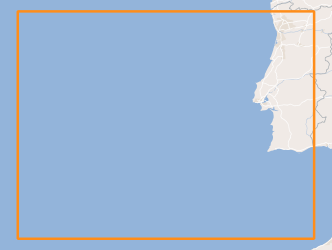Keyword
Geoscientific information
60 record(s)
Type of resources
Topics
INSPIRE themes
Keywords
Contact for the resource
Provided by
Representation types
Update frequencies
Scale
-

Geology and Geomorphology of offshore Portugal in the Quaternary period, using as reference the Geological Chart of the Immersed Area, Scale 1: 2 000 000, of the Geological Chart of Portugal, Scale 1: 1 000 000. National Laboratory of Energy and Geology (LNEG) 2010 .
-

Location of structures resulting from the submarine fluids emissions, such as: mud volcanoes (methane hydrates); Pockmaks (methane) and hydrothermal vents (fluids enriched in salts and metallic elements), located between the Mid-Atlantic Rift zone (Azores archipelago) and the continental margin.
-
High resolution hillshade model of the Balança Mine.
-
High resolution hillshade model of the Caveira Mine.
-
High resolution Digital Surface Model of the Caveira Mine.
-
High resolution orthomosaic of the Barrigão Mine.
-
High resolution Digital Surface Model of the Lousal Mine.
-
High resolution hillshade model of the Lousal Mine.
-
High resolution orthomosaic of the Brancanes Mine.
-
High resolution orthomosaic of the Balança Mine.
